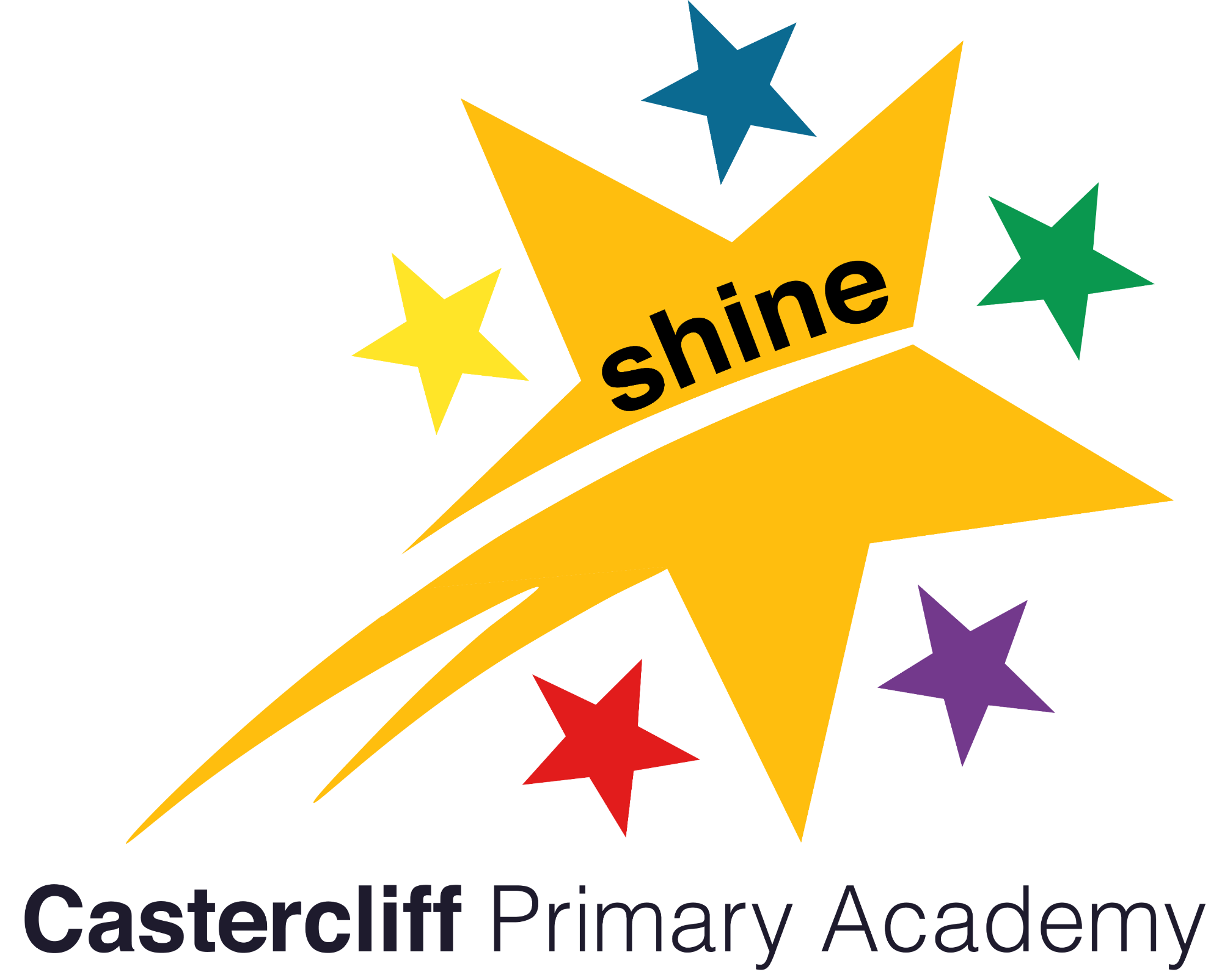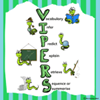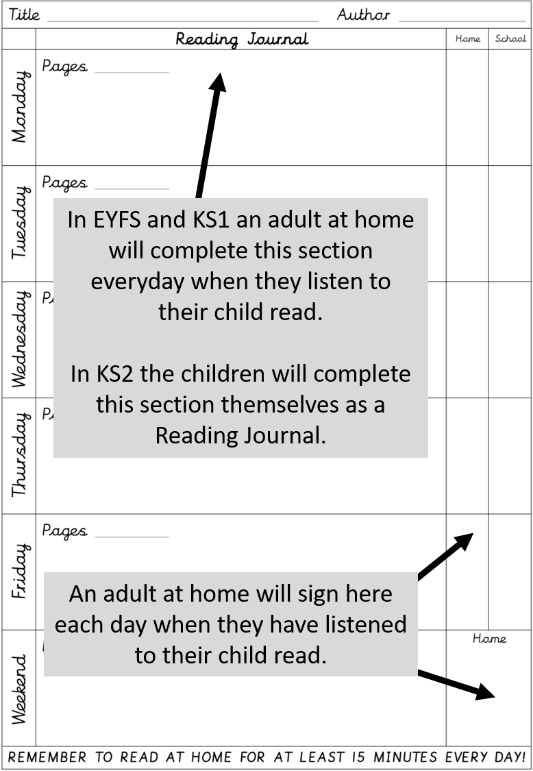
Reading
Reading and Phonics at Castercliff
At Castercliff Primary Academy, we recognise that reading is a fundamental skill needed to ensure our pupils achieve successfully throughout their lives. Learning to read is one of the most important things children will learn at our school. Access to almost every other area of the curriculum depends heavily on it, and as a school we strive to ensure that every single child leaves as confident, fluent reader.
All pupils are encouraged to read widely across both fiction and non-fiction to develop their knowledge of themselves and the world in which they live, to establish an appreciation and love of reading, and to gain knowledge across the curriculum. At Castercliff, we use VIPERS to breakdown the key comprehension skills and these are explicitly taught in our Guided Reading sessions. These skills are developed through pupils’ experience of high-quality interactions and discussions with adults, as well as from reading and discussing a range of stories, poems and non-fiction texts. Throughout our school, the children are taught the skills they need at a rapid pace, but our aim is that the majority of the word recognition and decoding skills are taught in EYFS and KS1 so that by the time the children begin their journey through KS2, they are fluent readers and are able to access a range of texts. By implementing a rich, balanced and immersive reading curriculum, children are able to develop their understanding of how language works by looking at its patterns, structures and origins. The children are given the opportunity to transfer their learning across subjects, demonstrating progression throughout the wider curriculum.

We want our children to love reading and to want to read for themselves. This is why we work hard to ensure children develop a love of reading as well as simply learning to read.
- take places in many ways across the school and the curriculum. Every child in school has a Brain Box book which is taken home and returned to school each day. This book includes the children’s home-school reading record in Reception and KS1 and a reading journal in KS2. To encourage children to continue their reading development at home, Castercliff uses a reading reward which promotes reading at home to earn new books for their class reading corner.
Reading Rewards
 EYFS & KS1 - If a child reads at home, a raffle ticket is put in a pot. At the end of the week, the raffle tickets are counted and the class with the most raffle tickets win a Reading Monkey for their classroom. The class with the most reading monkeys at the end of the half term, wins some books for their reading corner in class. These can be selected with the children to ensure we are providing books that they are excited and interested in.
EYFS & KS1 - If a child reads at home, a raffle ticket is put in a pot. At the end of the week, the raffle tickets are counted and the class with the most raffle tickets win a Reading Monkey for their classroom. The class with the most reading monkeys at the end of the half term, wins some books for their reading corner in class. These can be selected with the children to ensure we are providing books that they are excited and interested in.
 KS2 - If a child reads at home, a raffle ticket is put in a pot. At the end of the week, the raffle tickets are counted and the class with the most raffle tickets wins a Golden Ticket. The class with the most Golden Tickets at the end of the half term, wins some books for their reading corner in class. These can be selected with the children to ensure we are providing books that they are excited and interested in.
KS2 - If a child reads at home, a raffle ticket is put in a pot. At the end of the week, the raffle tickets are counted and the class with the most raffle tickets wins a Golden Ticket. The class with the most Golden Tickets at the end of the half term, wins some books for their reading corner in class. These can be selected with the children to ensure we are providing books that they are excited and interested in.

The school and wider community play a key role in promoting reading. Parents are invited to stay and read sessions before school in Reception and KS1. Our lunchtime welfare staff listen to children read across KS2, whilst children from Year 6 have the responsibility as Reading Ambassadors and can read with younger children across school. Children who are new to English are invited to attend an after school club once a week, with part of their time spent having additional reading input.
What can you typically expect to see in a Reading lesson at Castercliff Primary Academy?
EYFS
The learning and application of phonics is the beginning of children’s body of knowledge, skills and understanding that are an essential to being a successful and passionate reader. The most direct route to reading for the vast majority of children is through systematically taught, synthetic phonics and as a school we have chosen to follow Lancashire’s Red Rose Phonics Programme. This programme features direct, daily, systematic teaching of phonics for reading and writing. It is active and multi-sensory and covers the core features of all good synthetic phonics programmes: letter-sound correspondences, blending for reading, segmenting for writing, letter formation and tricky words. Children learn how to ‘read’ the sounds in words and how those sounds can be written down. This is essential for reading, but it also helps children learn to spell well. It also aims to build children’s speaking and listening skills in their own right as well as to prepare children for learning to read and write by developing their phonic knowledge.
Children in the EYFS at Castercliff Primary Academy access a discrete phonics session daily from their start date; in the first instance they re-visit Phase 1 phonics and continue to do so throughout the year if appropriate. The expectation is that all children should have completed and have a secure knowledge of Phase 2 and 3 with some children accessing Phase 4 by the end of the year. Children learn how to ‘read’ the sounds in words and how those sounds can be written down.
Decodable home reading phonics books from L&S Readers start at simple CVC word books which match the phonemes they are learning. The books are carefully matched to children’s phonic ability. They start to believe in their own ability as readers promoting confidence and self-esteem. Every child is heard reading by an adult weekly. Teachers regularly read to the children so the children get to know and love all sorts of texts, including fiction, poetry and information books. This helps to extend children’s vocabulary and comprehension, as well as supporting their emergent writing.
KS1
Children continue their phonic development at a rapid pace throughout Key Stage 1, with the expectation that the majority of children will achieve the expected standard in the Year 1 Phonics Screening Check. Alongside phonics, in KS1, the teaching and learning focus is to develop children’s VIPERS skills (Vocabulary, Inference, Prediction, Explanation, Retrieval, and Seqeuncing/Summarise). In preparation for end of KS1 assessments, the children will focus on one piece of text throughout the week, which allows them to build up a repertoire of language that they can use to decipher texts. Once the children gain a better understanding of the texts, these skills are developed through carefully planned assessment style questions to develop comprehension skills; these questions are carried out independently or with some support during the week. Having good questions which elicit the responses needed is key, questions are planned in advance and are recorded on guided reading answer sheets or on Seesaw. Children who are still working their way through the phonics programme continue to read books which are closely matched to their phonic ability and changed regularly in line with the new phonemes that are taught in class. Children are read to regularly and listened to at least once a week by a member of staff, who encourage the application of phonics to enable children to become fluent readers.
Years 2 – 6
Through guided reading, independent reading, reciprocal reading and comprehension activities, children are encouraged to develop the higher order reading skills of prediction, deduction and inference, summarising as well as continuing their decoding skills at a higher level. Guided Reading is taught in a whole class Guided Reading approach ensuring children are exposed to higher level texts and a range of comprehension skills. In Key stage 2, we continue to use high quality reading books from the Oxford Reading Tree, Bug Club, Big Cat and Project X scheme, but in addition we use ‘real’ books, and other sources. Key stage 2 children also have access to e-books from the Pearson Bug Club scheme. These books are carefully selected for individual pupils to access via their own log-in and are a follow on from the KS1 Bug Club phonics books.
Phonics Screening Check
Children who do not pass the Phonics Screening Check in Year 1, receive additional phonics interventions in Year 2 and where appropriate in KS2. Children move on to the colour book band reading books which match the Phonics level they are at. These include books following a range of reading schemes.
Developing strong links between home and school reading is vital in ensuring children become lifelong readers. The school will support parental engagement with their child’s reading by ensuring that appropriate texts are sent home regularly for both independent reading and books to be read aloud. School staff and volunteers listen to all children read on a weekly or fortnightly basis; some children will be identified as requiring daily reading, meaning they are listened to on a daily basis as a priority.
How are we developing systems for tracking attainment and progress in Reading?
To ensure the assessment of reading questions are planned by teachers for each area. Each child completes a set of VIPERS questions independently once a week, which is used to track children’s attainment. Children complete reading assessments which support teachers’ assessments throughout the year. From this, additional support for individual learners and reading interventions can be put into place to aid children to meet their individual targets.
Helping your child read at home:
There are lots of different ways you can enjoy reading with your child. You can help your child further by looking at the words they should recognise in their respective year groups.
To help your child with the fluency of their reading please practise reading the words in the correct list for your child's age.
Reading to them every day:
- Just before they go to bed is a good time, but not in front of the TV.
- Be enthusiastic about the story, or choose another.
- Allow the child to choose whenever possible. Yes, they will often choose their favourite over and over again. This is quite natural.
Before you read you may like to:
- Read through the story yourself first. (It’s a big help if you know the story well, as it helps you to lead up to the exciting bits and encourage joining in).
- Decide good places to stop and ask; “What do you think will happen next?”
- Decide which pictures to stop and talk about.
During reading:
- Show your enjoyment, laugh, smile, look scared, look sad, sound excited, etc.
- Run your finger along the line under the words as you read.
- Invite the child to turn the pages over you may need to guide their hand at first.
- Talk about the pictures. “Can you see the wolf hiding?”
For further information please contact the Reading lead teacher - Miss Lauder.
